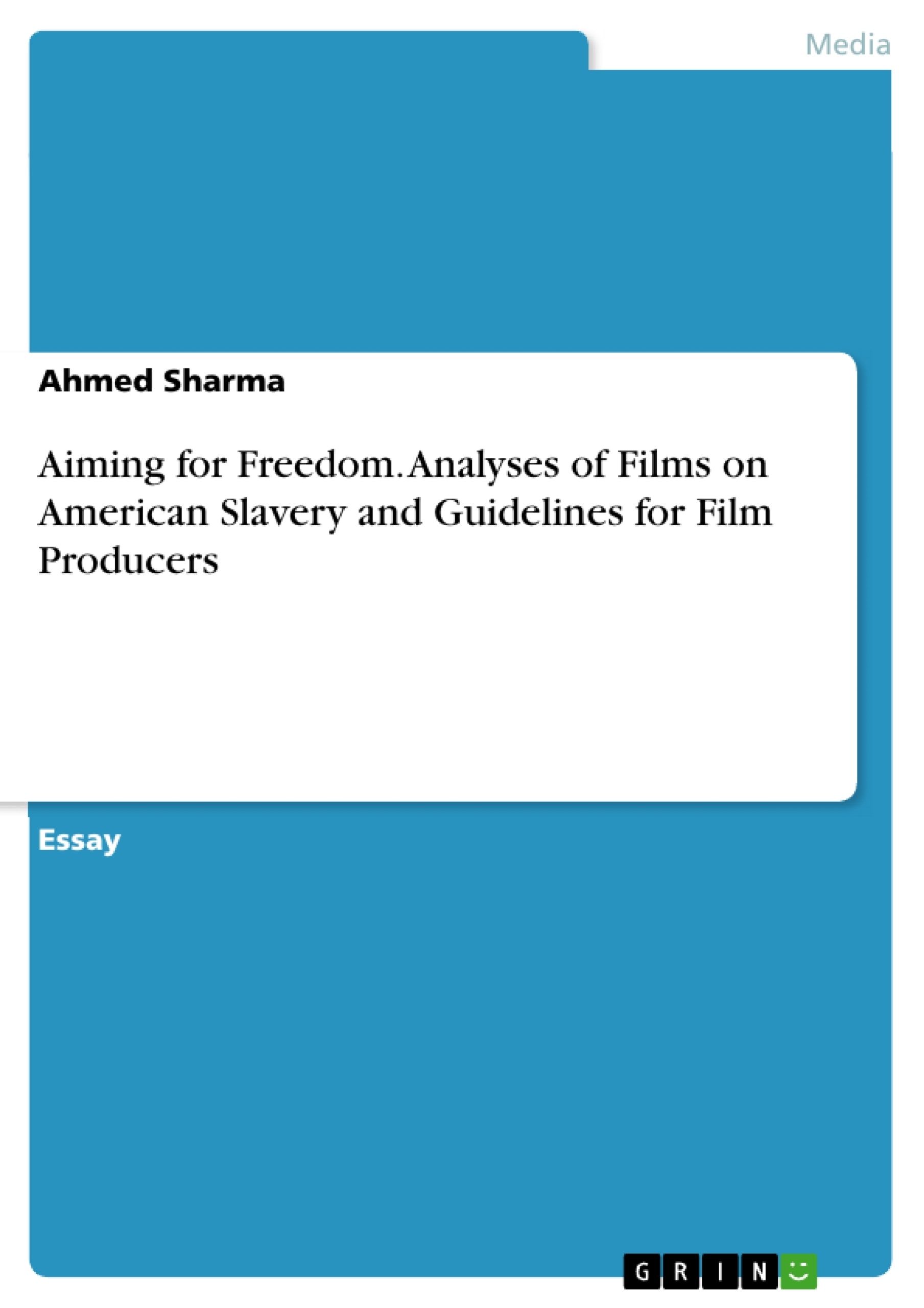Creating Films, like most art, presents a challenge that even the most professional artists will struggle with. The essential goal of the filmmaker is to present a message to their viewer with an abstract presentation that may or may not be recognized or appreciated. In order to make the next great film, one must put themselves in the shoes of the modern moviegoer who gathers his popcorn and best comrades to accompany him to the theater for promises of entertainment.
In the case of American Slavery, it is definitely going to be a challenge to provide something entertaining while possessing a message to audiences. In some of the most popular films on American Slavery, each film has displayed their own unique way of getting their message across: There needs to be a change in regards to how the United States deals with racial matters.
Inhaltsverzeichnis (Table of Contents)
- Birth of a Nation (1915)
- Gone with the Wind (1939)
- Roots (1977)
- Glory (1989)
- Amistad (1997)
- Django Unchained (2012)
Zielsetzung und Themenschwerpunkte (Objectives and Key Themes)
This paper explores the portrayal of American slavery in film. It analyzes how different filmmakers have approached the subject, focusing on the messages they convey and the controversies they generate.
- The use of film as a tool to address racial issues in the United States
- The portrayal of African Americans in film, including stereotypes and historical accuracy
- The impact of slavery on American society and culture
- The role of film in shaping public opinion and understanding of historical events
- The challenges of portraying a sensitive and controversial topic like slavery in a way that is both entertaining and informative
Zusammenfassung der Kapitel (Chapter Summaries)
The paper begins by examining the controversial film "Birth of a Nation" (1915), which portrays African Americans in a negative light and glorifies the Ku Klux Klan. It then moves on to discuss "Gone with the Wind" (1939), which presents a romanticized view of the antebellum South and downplays the brutality of slavery.
The paper then analyzes the miniseries "Roots" (1977), which tells the story of slavery from the perspective of a young African man who is kidnapped and sold into slavery. The paper highlights the emotional impact of the scene where Kunta Kinte is whipped after a failed escape attempt.
The paper continues by examining the film "Glory" (1989), which focuses on the experience of African American soldiers who fought in the Union Army during the Civil War. The paper emphasizes the powerful scene where Trip, a former slave, is whipped for deserting the army.
Finally, the paper explores "Amistad" (1997), which tells the story of a group of African slaves who revolt against their captors and are brought to the United States, where they face a legal battle for their freedom. The paper highlights the film's use of inspiring speeches and moving dialogue to evoke emotions in the audience.
Schlüsselwörter (Keywords)
American slavery, film, racial issues, stereotypes, historical accuracy, controversy, entertainment, information, portrayal, message, audience, impact, culture, society, public opinion, understanding.
- Arbeit zitieren
- Ahmed Sharma (Autor:in), 2015, Aiming for Freedom. Analyses of Films on American Slavery and Guidelines for Film Producers, München, GRIN Verlag, https://www.grin.com/document/320790



